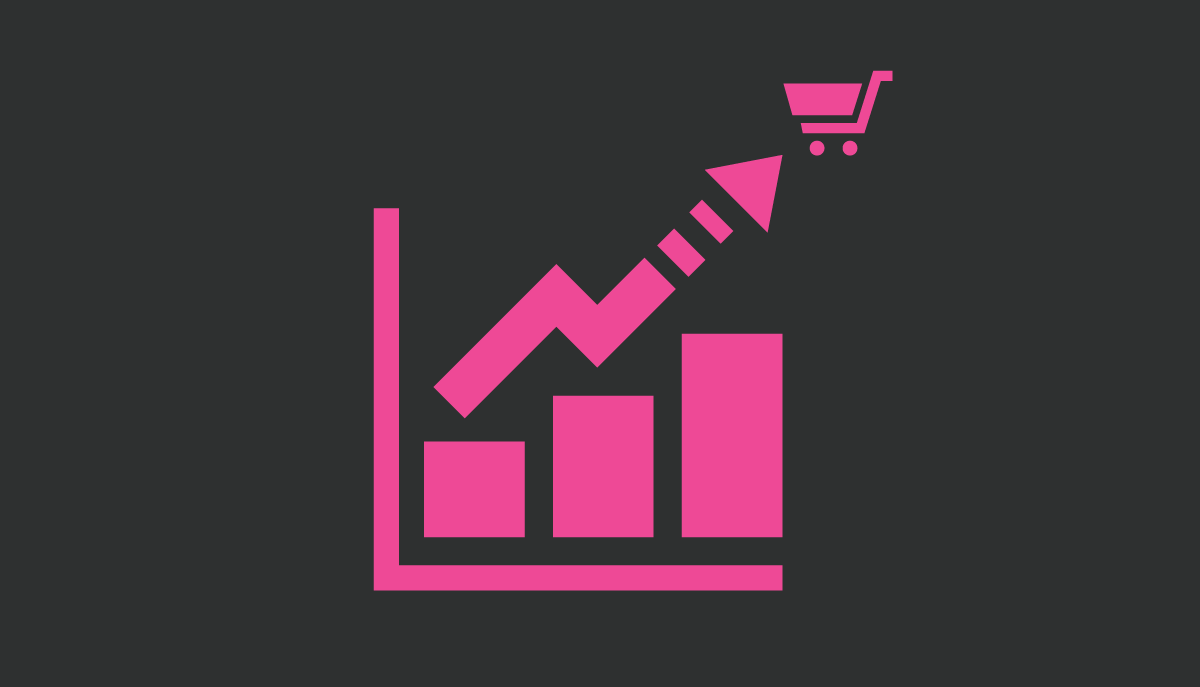
7 Tips to Increase eCommerce Conversion Rates
Online retailers are always looking for new and innovative ways to increase their conversion rates. From initiatives such as social log-in to responsive design, changing the on-site experience is one way to directly affect conversions. Unfortunately, many initiatives such as the ones stated above come with a considerable investment – either in time, money, or both – to become a reality. So what are some of the quicker and more affordable ways to increase eCommerce conversion rates in a week or a month instead of a year? Here are 7 tips to increase eCommerce conversion rates from the PFS Conversion Optimization team…
1) Optimizing form structure – Consumers have grown accustomed to forms but there is very little consistency across online retail sites regarding how forms should be structured. Placing the form label directly above the form field creates a simplistic user experience that results in faster form completion times and less customer fatigue. It also creates a more mobile friendly experience by eliminating side-to-side scrolling, ultimately reducing form errors and improving the customer experience.
2) Combine addresses by default on forms – Too often online retailers require consumers to enter their address twice – once for billing information and once for shipping. Combining the addresses right away provides consumers with the option to differentiate if needed (this is rare) and can save time during the checkout process. It also makes the form appear less daunting to the consumer when fields are already filled in, especially on mobile devices.
3) Enclose the checkout process – When a consumer opts to checkout, a new page experience is created – gone are cluttering temptations to keep browsing such as the navigation and footer. The goal of an enclosed checkout is to keep consumers focused on the sale as much as possible.
4) Provide visual display of checkout progress – One of the main reasons consumers abandon the checkout process is because they don’t know how far into the process they are. A “checkout progress bar” in place of the site navigation can remedy this concern and some online retail sites even allow for the checkout process to be resumed at a later date.
5) Evaluate the one-page checkout – Remove the checkout funnel entirely with the one-page checkout. One of the newer trends in the online retail industry, this allows consumers to place orders quickly on sites where they are registered and their information is already stored. This tactic really helps to increase conversion rates for online retailers with a high percentage of repeat customers.
6) Remove initial barriers for guest checkout – Capturing email addresses is important for many reasons, but there is a time and place to acquire them. Requiring a potential customer to provide their email address before it is truly necessary creates an additional barrier to an already fragile checkout process.
7) Analytics tell the checkout story – Online retailers need to look no further than their own analytics to see the pain points of their current checkout process. Each brand has different checkout experiences, so test and understand what works and what doesn’t for consumers as they go through the purchasing process.
In conclusion, there are several ways to increase an on-site conversion rate. The key focus should be centered around creating a simple and concise checkout experience for consumers that is free of clutter and distractions. By doing so and looking at site analytics, online retailers can certainly help improve their bottom line and acquire new customers.


